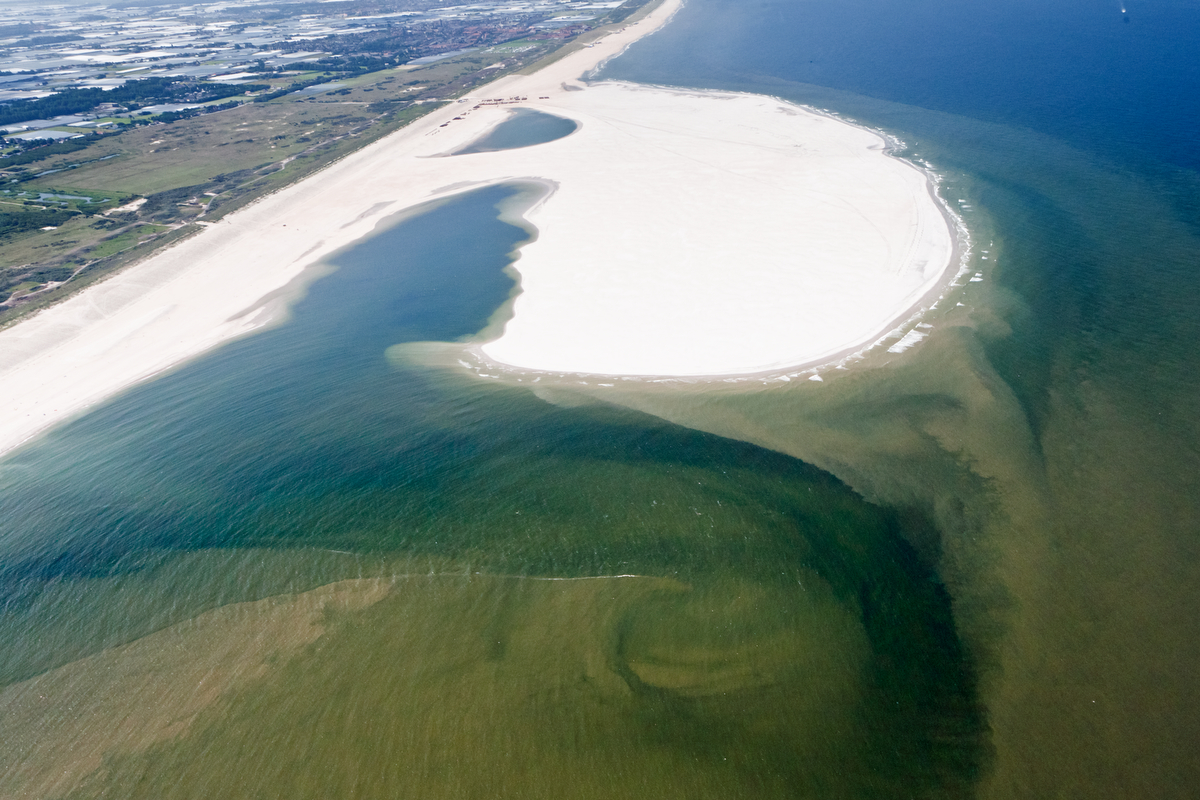A surplus of sand (about 21 million m³) is put into the natural system and will be re-distributed alongshore and into the dunes, through the continuous natural action of waves, tides and wind. In this way mega-nourishments gradually induce dune formation along a larger stretch of coastline over a period of one or more decades, thus contributing to the preservation and increase of safety against flooding over a longer period.

The coast of Delfland, defined as a coastal stretch of about 14 km between Hook of Holland and The Hague (Netherlands), is characterised by dunes and a net northward transport of sand, driven by predominantly southwestern winds. To maintain this part of the coast regular nourishments have been carried out of about 1 million m³ per year on average. As an alternative nourishment method, now the Sand Engine has been placed based on principle of spatially concentrated nourishment for coastal development. It concerns a pilot experiment which will be extensively monitored and investigated.
